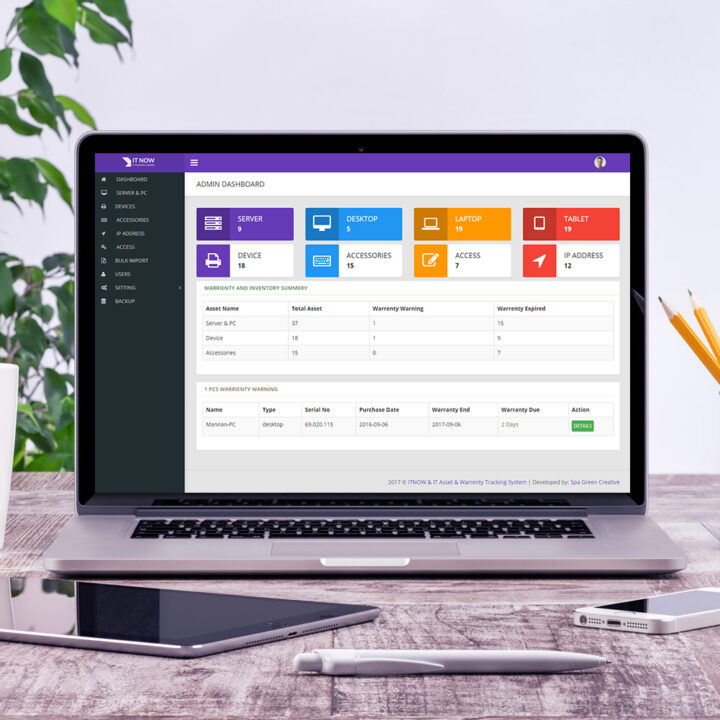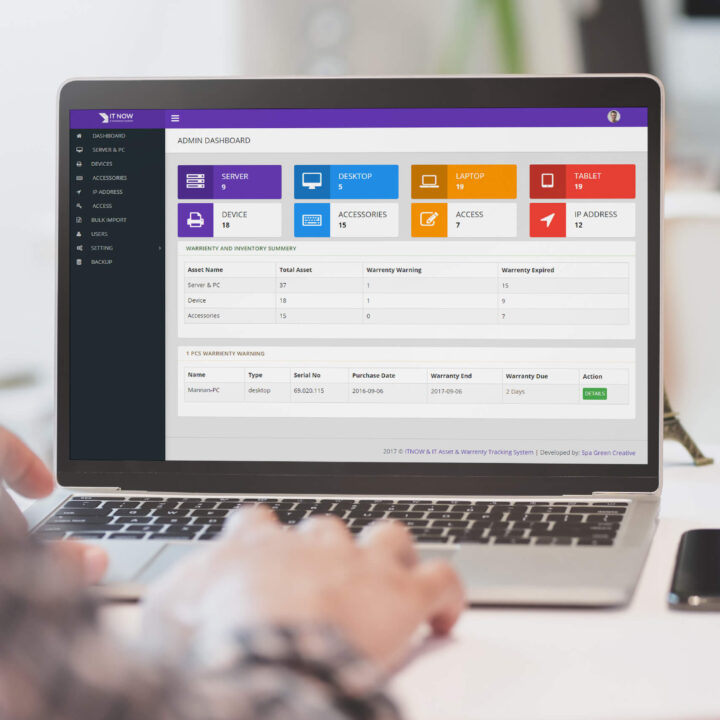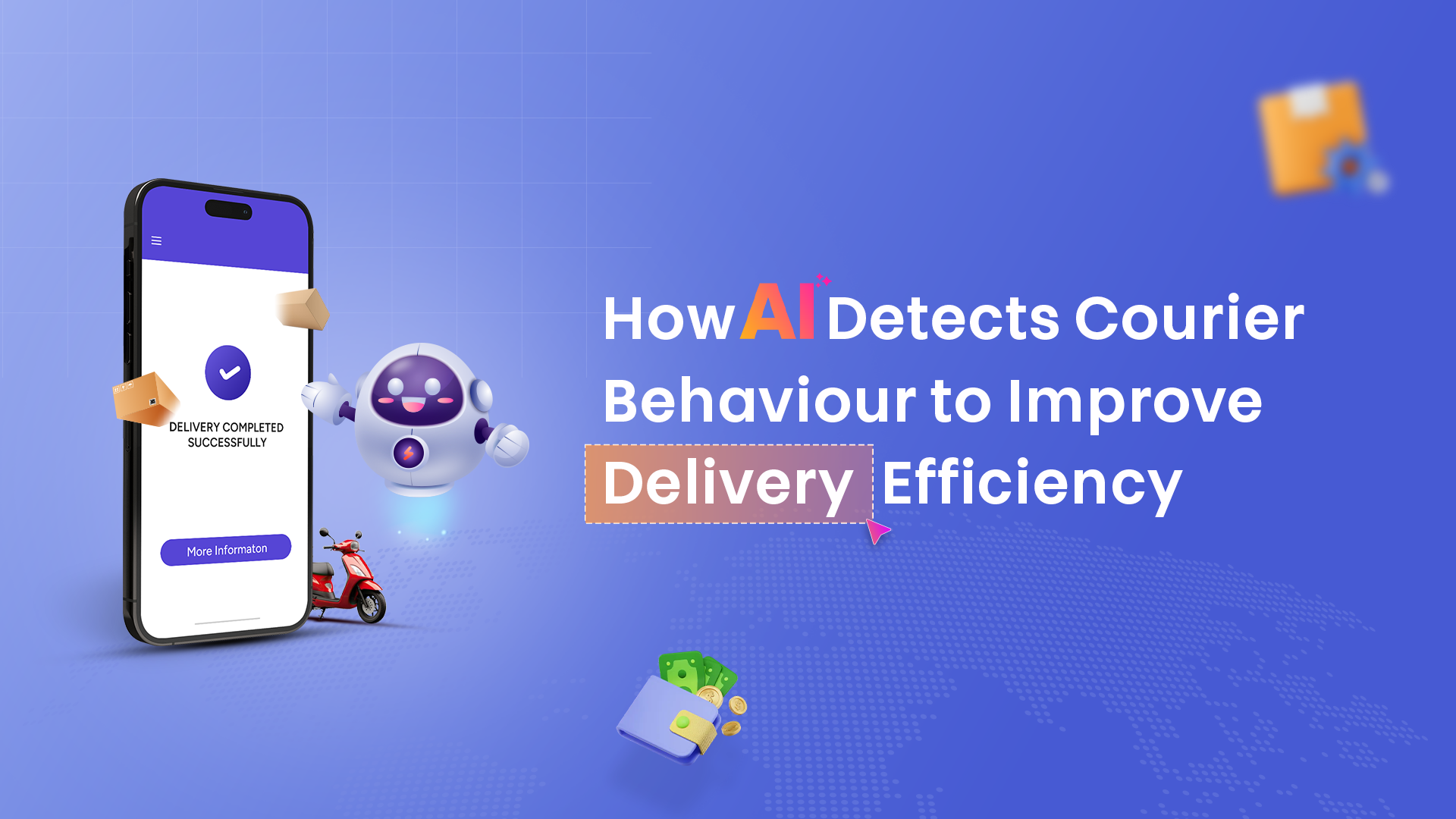How AI Detects Courier Behaviour to Improve Delivery Efficiency
In the age of on-demand delivery and rising customer expectations, efficiency in logistics is more important than ever. How AI Detects Courier Behaviour to Improve Delivery Efficiency and provide the best service. From food deliveries to e-commerce parcels, timely and reliable service is a key differentiator.
One of the most transformative technologies driving this change is Artificial Intelligence (AI), particularly in how it observes and analyses courier behaviour.
But what exactly does AI look at when it comes to courier performance? And how does this data translate into faster, smarter, and more cost-effective deliveries?
Let’s dive in.
What is Courier Behaviour Detection?
Courier behaviour detection refers to the process of using AI-powered systems to monitor and analyse how delivery personnel operate in the real world. These systems collect data from various sources, such as:
- GPS tracking and route history
- Mobile delivery apps
- Telematics from delivery vehicles
- IoT sensors and cameras
- Customer feedback and delivery logs
Using machine learning algorithms, AI can identify patterns, flag inefficiencies, and even predict potential issues, all in real time.
How AI Detects Courier Behaviour to Improve Delivery Efficiency
AI’s ability to understand courier behaviour brings several game-changing benefits to logistics operations. Here are the most impactful ones:
1. Smarter Route Planning
AI learns from past deliveries and real-time traffic conditions to recommend the fastest and most fuel-efficient routes.
If couriers consistently deviate from suggested paths, AI can detect and adjust recommendations to improve accuracy and consistency.
2. Performance Monitoring and Coaching
By analysing delivery times, breaks, stop durations, and route choices, AI identifies top-performing couriers as well as those who need support or training.
This insight allows managers to offer constructive feedback and personalised coaching.
3. Improved ETA Accuracy
Predictive models based on courier behaviour ensure more accurate delivery estimates. Instead of static ETAs, businesses can provide dynamic timelines that reflect real-world driving speeds, traffic, and courier habits.
4. Dynamic Task Allocation
AI systems can assign deliveries based on courier strengths, current location, vehicle capacity, and even weather conditions. This results in balanced workloads and more efficient resource utilisation.
5. Real-Time Problem Detection
AI doesn’t just look at what’s going right; it’s also great at spotting what’s going wrong. A sudden stop in a delivery pattern could indicate a traffic jam, vehicle issue, or misrouted package. Early detection allows for quick resolutions.
Real-World Impact
- Delivery time reductions of up to 20%
- Increased first-attempt delivery success
- Lower fuel and labour costs
- Higher customer satisfaction through timely updates and accurate ETAs
- Reduced road incidents by identifying risky driver behaviour
Across the globe, logistics companies are seeing real returns from AI-driven courier behaviour analytics:
Ethical Considerations
While AI offers undeniable advantages, it’s important to use these tools responsibly. Over-monitoring can affect courier morale if not balanced with privacy and trust. Companies must:
- Communicate what data is being collected and why
- Use AI insights to support and empower couriers, not penalise them
- Ensure compliance with data protection laws
The goal should always be collaboration between humans and machines, not replacement.
Final Thoughts
AI’s ability to detect courier behaviour is reshaping the logistics industry. It turns raw data into actionable insights that help businesses cut costs, improve customer satisfaction, and build smarter supply chains.
Whether you run a local delivery service or a global e-commerce brand, embracing AI-driven courier analytics can provide the competitive edge you need to thrive in the modern marketplace.
FAQs: How AI Detects Courier Behaviour to Improve Delivery Efficiency
1. What does courier behaviour detection mean in logistics?
Courier behaviour detection is the process by which AI systems monitor delivery personnel’s actions using data sources like GPS, mobile apps, and telematics. How AI detects courier behaviour to improve delivery efficiency is by turning this data into insights that reduce delays and improve performance.
2. Which data sources does AI use to monitor courier behaviour?
AI uses GPS tracking, delivery apps, vehicle telematics, customer feedback, and IoT sensors. This is central to how AI detects courier behaviour to improve delivery efficiency, as it analyses these data points to identify bottlenecks and suggest optimisations.
3. How does AI assist with smarter route planning?
How AI detects courier behaviour to improve delivery efficiency includes learning from real-time traffic and courier routes to provide optimised path recommendations. If inefficiencies are detected, AI adjusts routing suggestions accordingly.
4. Can AI help logistics companies reduce operational costs?
Yes, how AI detects courier behaviour to improve delivery efficiency also involves analyzing patterns that lead to fuel waste or unnecessary delays. With better task allocation and route selection, costs are significantly reduced.
5. Does AI help in giving better delivery time estimates?
Absolutely. How AI detects courier behaviour to improve delivery efficiency plays a key role in improving ETA accuracy. It uses predictive analytics based on courier habits and live traffic conditions to generate dynamic delivery estimates.
6. Is courier monitoring through AI ethical?
Ethical implementation is essential. How AI detects courier behaviour to improve delivery efficiency must be done transparently, respecting courier privacy and using data to coach and support rather than penalise.
7. What happens when AI identifies inefficient courier behaviour?
Part of how AI detects courier behaviour to improve delivery efficiency is by flagging underperformance early, enabling managers to offer targeted training, support, or coaching to couriers in need.
8. Can AI handle real-time disruptions like traffic jams or vehicle issues?
Yes. How AI detects courier behaviour to improve delivery efficiency includes real-time anomaly detection, allowing quick response to unexpected delivery disruptions and rerouting tasks as needed.
9. How does AI help in workload distribution among couriers?
How AI detects courier behaviour to improve delivery efficiency includes evaluating courier locations, delivery history, and vehicle capacity to assign tasks that are timely and balanced across the team.
10. Why should logistics businesses adopt AI-powered courier analytics?
How AI detects courier behaviour to improve delivery efficiency enables them to deliver faster, cut costs, and increase customer satisfaction, offering a strong competitive edge in today’s on-demand market.
Do you have a plan in mind for software development?
This article will help you make the right decision when choosing a software development company. 10 Proven Tips for Choosing the Right Software Development Company
#AIinLogistics #CourierBehavior #DeliveryEfficiency #ArtificialIntelligence #SmartLogistics #LastMileDelivery #LogisticsTech #SupplyChainInnovation












